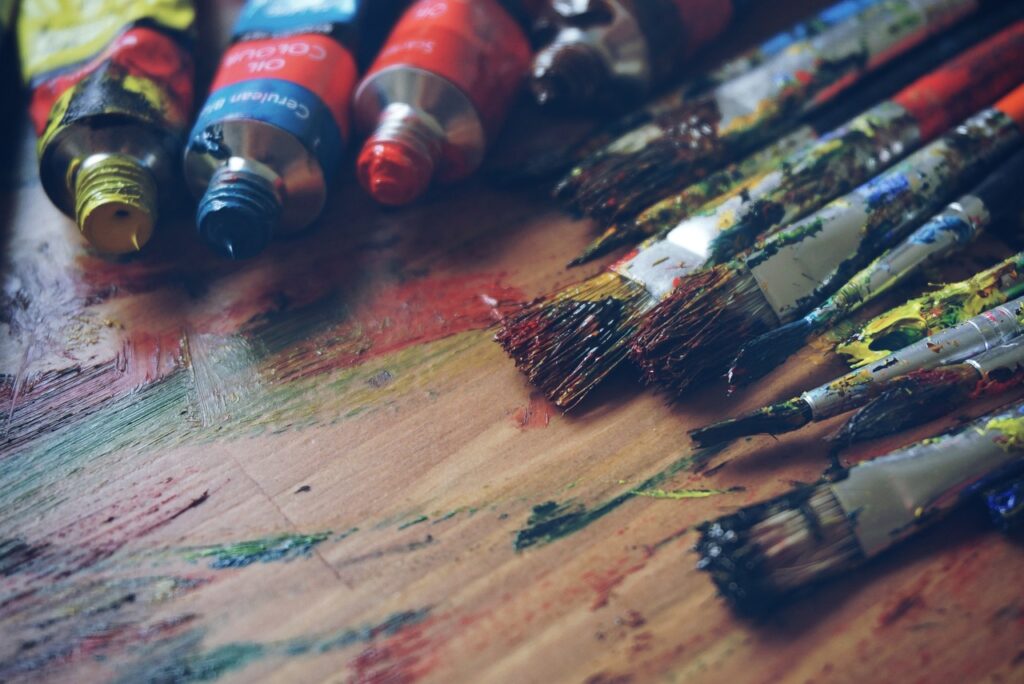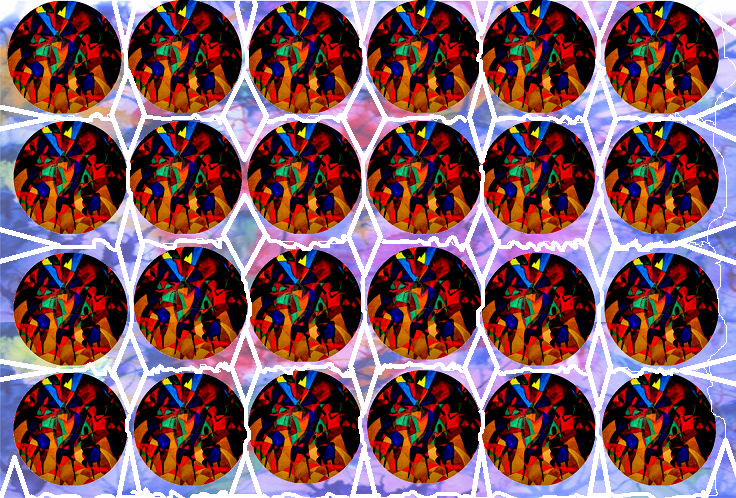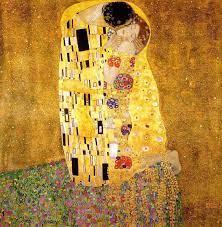Becoming an artist
Table Of Contents Toggle the Table of Contents Becoming an Artist and Establishing a Successful Career as a Professional Painter How to Become an Artist Without Going to Art School How to Become a Professional Painter Artist Can an Artist Make a Living Out of Art? How Do Artists Make Money from Art? How Can an Artist Turn Art Into a Career? How Long Does It Take to Make a Living from Art? Click on the Table of Contents to navigate. Becoming an Artist and Establishing a Successful Career as a Professional Painter Becoming an artist and establishing a successful career as a professional painter without attending art school is entirely feasible with dedication, persistence, and strategic planning. Here’s a guide on how to pursue your passion for art and turn it into a sustainable career: How to Become an Artist Without Going to Art School Many aspiring artists believe that attending art school is the only path to success in the art world. However, there are numerous alternative routes to pursuing a career in art without formal education. Here’s a comprehensive guide on how to become an artist without going to art school: Self-Education: Take advantage of the wealth of resources available online and in libraries to educate yourself about art history, techniques, and theory. Study the works of master artists and explore various mediums and styles to develop your skills. Practice Regularly: Dedicate time each day to hone your craft through consistent practice. Experiment with different techniques, subjects, and styles to discover your unique artistic voice. Seek Mentorship: Connect with established artists in your community or online who can provide guidance, feedback, and support. Learning from experienced artists can offer invaluable insights and help you navigate the art world. Attend Workshops and Classes: While you may not attend art school, consider enrolling in workshops, classes, or artist residencies to gain hands-on experience and learn from professionals in a more informal setting. Build a Portfolio: Compile a portfolio of your best work to showcase your skills and artistic style to potential clients, galleries, and collaborators. Continuously update and refine your portfolio as you progress in your artistic journey. Network: Attend art exhibitions, gallery openings, and networking events to connect with other artists, collectors, and industry professionals. Building relationships within the art community can lead to opportunities for collaboration, exhibitions, and sales. Promote Your Work: Utilize social media, artist websites, and online marketplaces to showcase and sell your art. Develop a strong online presence and engage with your audience to attract potential buyers and collectors. Stay Persistent: Becoming a successful artist requires patience, perseverance, and resilience. Embrace failure as a learning opportunity and continue to push yourself to grow and evolve as an artist. While art school can provide valuable resources and connections, it is not the only path to becoming a successful artist. By taking a proactive approach to self-education, practising regularly, seeking mentorship, networking, and promoting your work, you can carve out a fulfilling career in the art […]
Becoming an artist Read More »




